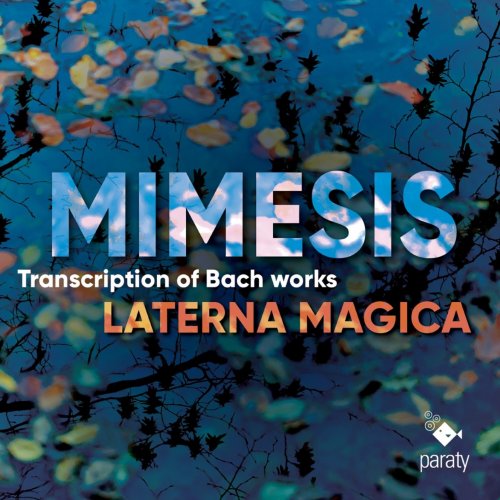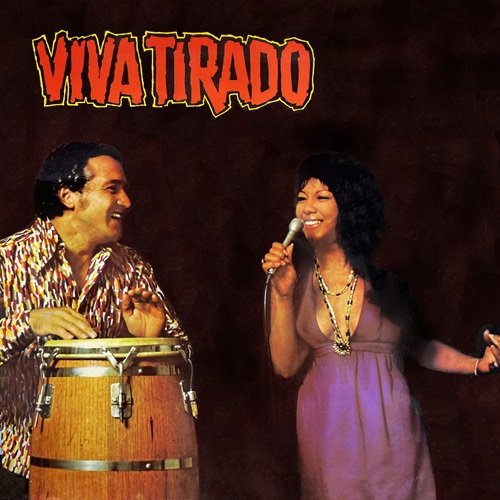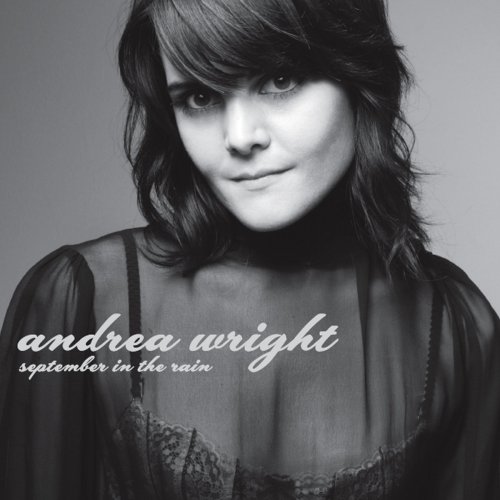Laterna Magica - Transcriptions of Bach works (Bonus Track Version) (2023) [Hi-Res]

Artist: Laterna Magica
Title: Transcriptions of Bach works (Bonus Track Version)
Year Of Release: 2023
Label: Paraty
Genre: Classical
Quality: flac lossless (tracks) / flac 24bits - 96.0kHz +Booklet
Total Time: 01:04:04
Total Size: 334 mb / 1.15 gb
WebSite: Album Preview
TracklistTitle: Transcriptions of Bach works (Bonus Track Version)
Year Of Release: 2023
Label: Paraty
Genre: Classical
Quality: flac lossless (tracks) / flac 24bits - 96.0kHz +Booklet
Total Time: 01:04:04
Total Size: 334 mb / 1.15 gb
WebSite: Album Preview
01. Violin Sonata No. 2 in A Major, BWV 1015 (Arr. for Recorders, Cello, Harpsichord & Organ by Laterna Magica): I. Dolce
02. Violin Sonata No. 2 in A Major, BWV 1015 (Arr. for Recorders, Cello, Harpsichord & Organ by Laterna Magica): II. Allegro assai
03. Violin Sonata No. 2 in A Major, BWV 1015 (Arr. for Recorders, Cello, Harpsichord & Organ by Laterna Magica): III. Andante un poco
04. Violin Sonata No. 2 in A Major, BWV 1015 (Arr. for Recorders, Cello, Harpsichord & Organ by Laterna Magica): IV. Presto
05. Trio Sonata No. 3 in D Minor, BWV 527 (Arr. for Recorders, Cello, Harpsichord & Organ by Laterna Magica): I. Andante
06. Trio Sonata No. 3 in D Minor, BWV 527 (Arr. for Recorders, Cello, Harpsichord & Organ by Laterna Magica): II. Adagio e dolce
07. Trio Sonata No. 3 in D Minor, BWV 527 (Arr. for Recorders, Cello, Harpsichord & Organ by Laterna Magica): III. Vivace
08. Ich ruf zu dir, Herr Jesu Christ, BWV 639 (Arr. for Recorders, Cello, Harpsichord & Organ by Laterna Magica)
09. Trio Sonata No. 5 in C Major, BWV 529 (Arr. for Recorders, Cello, Harpsichord & Organ by Laterna Magica): I. Allegro
10. Trio Sonata No. 5 in C Major, BWV 529 (Arr. for Recorders, Cello, Harpsichord & Organ by Laterna Magica): II. Largo
11. Trio Sonata No. 5 in C Major, BWV 529 (Arr. for Recorders, Cello, Harpsichord & Organ by Laterna Magica): III. Allegro
12. Herr Jesu Christ, dich zu uns wend, BWV 655 (Arr. for Recorders, Cello, Harpsichord & Organ by Laterna Magica)
13. Trio Sonata in G Major, BWV 1039 (Arr. for Recorders, Cello, Harpsichord & Organ by Laterna Magica): I. Adagio
14. Trio Sonata in G Major, BWV 1039 (Arr. for Recorders, Cello, Harpsichord & Organ by Laterna Magica): II. Allegro ma non presto
15. Trio Sonata in G Major, BWV 1039 (Arr. for Recorders, Cello, Harpsichord & Organ by Laterna Magica): III. Adagio e piano
16. Trio Sonata in G Major, BWV 1039 (Arr. for Recorders, Cello, Harpsichord & Organ by Laterna Magica): IV. Presto
17. Wachet auf, ruft uns die Stimme, BWV 645 (Arr. for Recorders, Cello, Harpsichord & Organ by Laterna Magica)
18. Gabriel's Oboe (From "The Mission") [Arr. for Recorders, Cello, Harpsichord & Organ by Laterna Magica] [Bonus Track]
The present recording continues Laterna Magica’s exploration over the past 15 years of the rich repertoire of the Baroque era, focussing on great composers such as Handel and Bach, whose vocal and instrumental works invite adaptation by performers to different soundscapes. Since their exciting album Exercitium, devoted to Bach’s trio sonatas, which appeared in 2005, Laterna Magica, faithful to their work of musical transcription, has appropriated the process of imitation in accordance with the practice of Johann Sebastian Bach, who was so skilful in the art of “mimesis”, a concept we can trace back to Greek antiquity. Platonic mimesis responds to a desire to come close to nature or to reality, linking pictorial art to the supreme ideal of beauty. More nuanced, the Aristotelian approach extends this term to “representation” in a more theatrical sense. Both converge towards the idea of imitatio, which links them, but without assimilating them to the identical reproduction of a model. It is in this spirit that the artistic “imitation” of the famous Cantor of Leipzig, who was always drawing upon earlier repertoire, can be understood as an inventive recomposition. Whether based on forms in several separate movements, on ornamental and melodic formulae, his music offers a synthesis with Italian jubilation, the “charme galant” of French music, and the german art of counterpoint.
![Paul Mauriat - L'avventura (1972) [Hi-Res] Paul Mauriat - L'avventura (1972) [Hi-Res]](https://img.israbox.com/img/2025-12/19/q8l5an3pdrx7j3uta0q4cr2qi.jpg)
![Milton Man Gogh - Fully Stretched (2025) [Hi-Res] Milton Man Gogh - Fully Stretched (2025) [Hi-Res]](https://www.dibpic.com/uploads/posts/2025-12/1766080588_cover.jpg)



![Clifton Chenier - Bogalusa Boogie (1976) [Hi-Res] Clifton Chenier - Bogalusa Boogie (1976) [Hi-Res]](https://img.israbox.com/img/2025-12/20/qs86ek8wle134n43i1bkys5a3.jpg)

![Gonzalo Rubalcaba - Gonzalo Plays PIino (2025) [Hi-Res] Gonzalo Rubalcaba - Gonzalo Plays PIino (2025) [Hi-Res]](https://www.dibpic.com/uploads/posts/2025-12/1766206867_folder.jpg)
